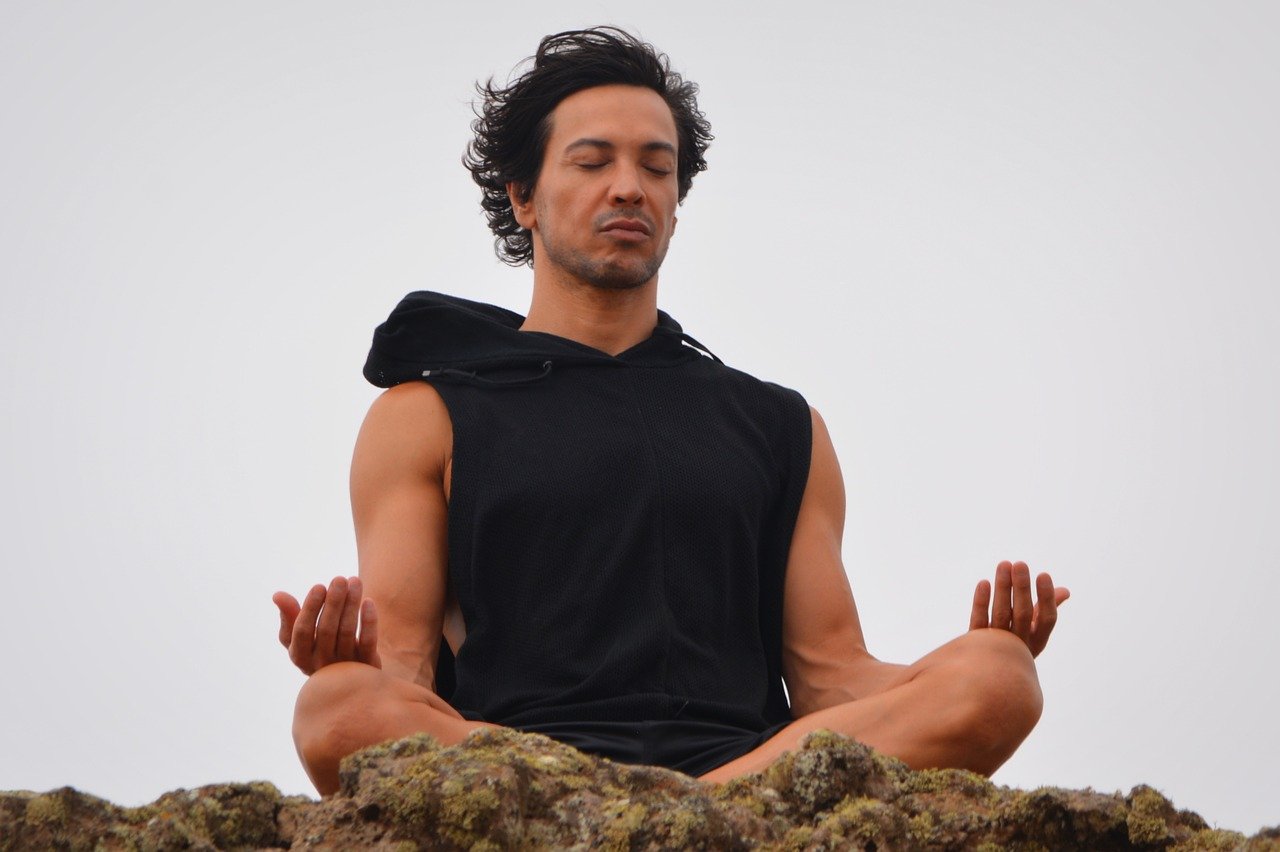An introduction to Meditation
Meditation is typically one of two things, it can be a method of gaining deep relaxation, or it can be a method off focussing the mind on a topic, such as self introspection in order to lead one to find internal truths that were not obvious to the normal waking mind.
Typically when one uses meditation for relaxation, one is trying to rid the mind of all thoughts, to achieve a state of total relaxation where none of life’s worries disturb the mind. This can be difficult to do, it is something that is gained through practice, as the overactive mind is gradually trained to stop chattering and to simply “be”.
On the other hand, a person who has mastered achieving a mind without thoughts during meditation is better able to focus of specific subjects, such as the workings of one’s own mind, also, when a person has reached deep relaxation, they are more connected to the unconscious mind and therefore are better equipped to explore self.
These tend to be the two main purposes of meditation, so how does one go about learning the art of meditation?
Meditation is an art, it takes practice to do it properly, and the more one practices it the easier it is to perform.
To the beginner, the first goal of their meditation practice is to achieve “quiet mind” meditation for as long as they desire, this will be difficult at first as the typical “Monkey Brain” is used to a constant chatter of thoughts, these have to be controlled and suppressed during meditation, and this can be the chief stumbling block to a person starting out in meditation the advice is to think small at first. Try to achieve thoughtlessness during meditation for just a few seconds at first, if you feel thoughts coming simply make it your intention not to have them right now but to deal with them later. Each time you practice meditation you should seek to prolong this time, until eventually you find you are able to meditate without thoughts for as long as you like.
Like I say, start small, look to meditate without thoughts for 30 seconds at first, if you do have thoughts try not to worry about it, focus on the intention to do better next time you meditate, and you will. Meditation should never be the source of worry or self disdain, the truth is that for most of us we have been trained by society to constantly have thoughts and to feel it is alien not to have the constant mind chatter that accompanies most of us most of the time.
Another aspect of meditation that many people misunderstand is with regards to position. Many people have seen the images of people sitting crossed legged and think you need to achieve this position in order to meditate. This is entirely wrong and the truth is that you can sit, lie, adopt any position that you find comfortable in order to meditate. All that matters is that you are able you be in your meditative position without discomfort and also without falling asleep – this can be a problem when you lie down for your meditations however, if you are tired then sleep, when you are not tired and you lie down to meditate then you will not fall asleep.
So this is how simple the first stage of meditation is; simply find yourself a quiet and comfortable spot in order to close your eyes and hold yourself without thought for a while.
There are many ideas as to how long you should meditate for and again there is no hard and fast rule, it is typically desirable to meditate for at least 20 minutes. The reason for this is that with meditation there is a beginning stage, a middle and an end. In the beginning you will be “winding down”, moving from your normal state of consciousness to your relaxed state of consciousness, this can typically take 5 minutes or so. During the middle of your meditation you will have achieved your relaxed state, and at the end of your meditation you will be rousing yourself from that relaxed state to your normal consciousness.
So the goal is to aim for a minimum of 20 minutes meditation, however many times a week that seems appropriate. Beginners should look to meditate more often.
It is said that 30 minutes deep meditation can be as restful as 2 hours sleep.
Once you have mastered thoughtless meditation then for most people it is time to start exploring self by way of intuitive meditative journey’s. These are difficult to teach but relatively easy to learn, since the whole concept is that the you use your meditation time in order to ask yourself questions about self and gain intuitive insight.
Many people who are starting out in this field will seek out guided meditations, these can be a useful way or introducing yourself to intuitive journeys as they map out a mind journey to take during meditation. Many such recordings exist online, on YouTube for example.
During these deep intuitive journeys often a dialogue is formed within the mind between self and an aspect of self that is being explored. That aspect could be and often is a younger aspect of self, for example it is not untypical for a grown adult to have a dialogue with a childhood self in order to understand how problems originating during childhood have impact on the adult self and in order to seek closure and healing for those issues.










Truth of Self › Forums › An Introduction to Meditation